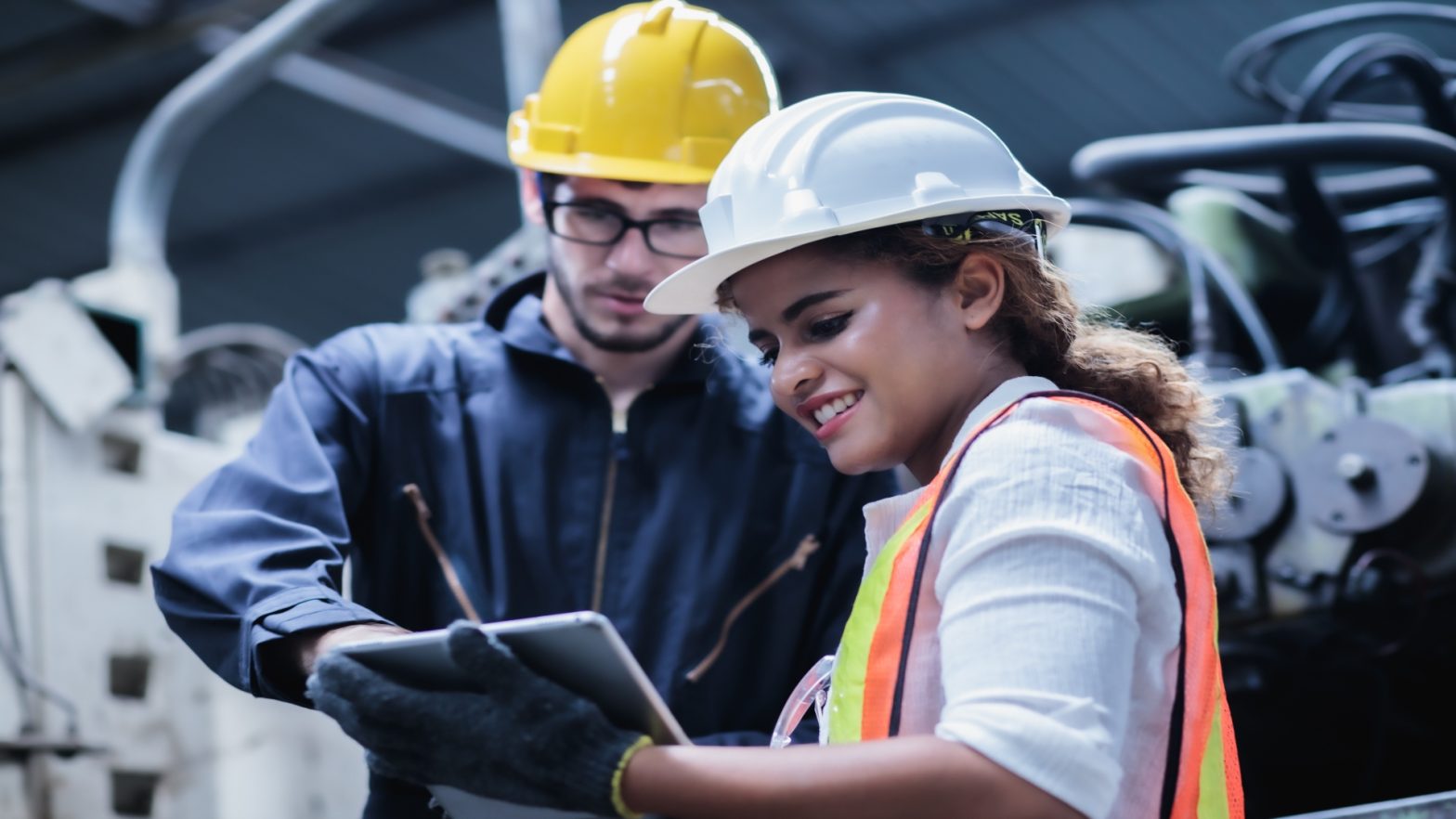You’re entering a world where your building doesn’t just stand there—it saves the planet. Imagine living in a smart building that cuts down carbon emissions by optimising energy use with IoT devices. You’ll tap into renewable energy, like solar and wind, backed by juicy government incentives.
Think about walls insulated with futuristic materials such as aerogel, keeping warmth in without the carbon footprint. Green roofs and zero-emission techniques? They’re not just buzzwords but your reality, slashing urban heat and promoting biodiversity according to the environmental experts at Resustain..
Even AI chips in, making energy use smarter and your life easier. Ready to see how far these innovations can take us?
The Rise of Smart Buildings
Smart buildings are becoming very important for sustainability. They use special technologies to reduce carbon footprints. Carbon footprints are gases that cause climate change.
Smart buildings are not just regular buildings. They are intelligent systems. They can learn from how people use the building. They can change and improve energy efficiency. This means consuming less energy to operate.
Smart buildings collect data using sensors and IoT devices. IoT devices are internet-connected. These devices track things like occupancy and temperature.
The building uses this data to make real-time adjustments automatically. For example, it can turn down heating or lighting in vacant areas. This prevents wasted energy.
The key things that make a smart building “smart” include:
- Sensors and IoT devices to collect data on occupants, temperature, lighting, etc.
- Automated controls for systems like heating, cooling, and lighting
- Analytics to learn patterns and optimise over time
- User controls for occupants to override settings if needed
By reducing energy waste, smart buildings play a big role in fighting climate change. An added benefit is they can make the indoor environment more comfortable for occupants.
Overall, smart buildings take an eco-conscious approach.
Of course, installing smart technologies has upfront costs. But the long-term energy savings often justify the investment, especially with rebates available. And the environmental impact of reduced carbon footprints is invaluable. Check Resustain to see more details on what you get.
Embracing Renewable Energy
Switching to renewable energy sources is the next step for a sustainable future. Renewable energy reduces carbon emissions and uses power from the sun, wind, and water. This is better than burning fossil fuels that cause emissions.
To use renewable energy in your building, you can install solar panels, wind turbines, or hydroelectric systems. Solar panels use sunlight to make electricity. Wind turbines use wind power. Hydroelectric systems use flowing water.
Which renewable source is best? It depends on your building’s location and environment:
- Solar panels work well in sunny areas
- Wind turbines need open, windy locations
- Hydroelectric needs a nearby river or stream
Many governments provide financial incentives for renewable energy projects. These include tax credits, rebates, and grants. The incentives can help pay for the upfront costs of installing renewable systems.
Over time, renewable energy saves money on utility bills. And most importantly, it cuts down greenhouse gas emissions that harm the environment. Embracing renewable energy protects the planet while securing your future energy needs.
Advances in Insulation Materials
Traditional insulation like fibreglass and foam is being replaced by new, eco-friendly options. These new insulation materials are better for the environment and can insulate better.
One example is aerogel. Aerogel has extremely good thermal resistance, meaning it insulates very well. It can keep heat in during winter and out during summer. Another option is sheep’s wool insulation – a sustainable, efficient material.
You may have heard of vacuum insulation panels or VIPs. These are very thin but provide excellent external wall insulation. VIPs are great when you have limited space for thick insulation.
There are also bio-based foams made from renewable resources like plants instead of fossil fuels. Materials like kelp or bamboo can make efficient insulation foams.
These advanced insulation products are not just insulating buildings, they are doing it in an environmentally-friendly way. The goal is to reduce emissions and waste compared to old insulation types.
Green Roofing Revolution
The green roofing revolution is transforming city buildings. It involves putting living plants and soil on rooftops. This creates energy-saving ecosystems on the roof.
Green roofs are not just decorative. They have an important purpose – to reduce the urban heat island effect. Green roofs insulate buildings, lowering energy needs for cooling in summer. They also manage stormwater and improve air quality.
Having a vegetated green roof provides benefits like:
- Insulation to reduce heating and cooling costs
- Lessening the heat absorbed by the building
- Absorbing rainfall to control water runoff
- Producing oxygen and removing air pollutants
Beyond practical benefits, green roofs create a habitat for urban wildlife. They allow biodiversity by providing a place for plants, insects, and birds to live in cities.
Green roofs transform barren rooftops into living, breathing spaces. This enhances the well-being of city residents by connecting them to nature.
the Impact of AI on Decarbonization
Artificial intelligence (AI) is revolutionising how we reduce building emissions. AI offers innovative solutions to reduce emissions effectively. By using AI, you’re not just optimising energy use. You’re stepping into a future where buildings self-adjust to minimise their carbon footprint
Imagine a building that learns from its surroundings and occupants. It tweaks systems to guarantee peak efficiency without sacrificing comfort. That’s the power of AI.
AI doesn’t just optimise, it also helps with predictive maintenance. AI can identify potential inefficiencies before they become problems. This preemptive approach prevents issues, saving energy and reducing emissions.
Moreover, AI contributes to smarter design choices. Analysing data can guide you to select sustainable and cost-effective materials and designs. This ensures tomorrow’s buildings are greener, smarter, and more resilient.
Harnessing AI is a powerful way to tackle building emissions and decarbonization challenges. It takes sustainability to the next level through intelligent control and data-driven decisions.
































